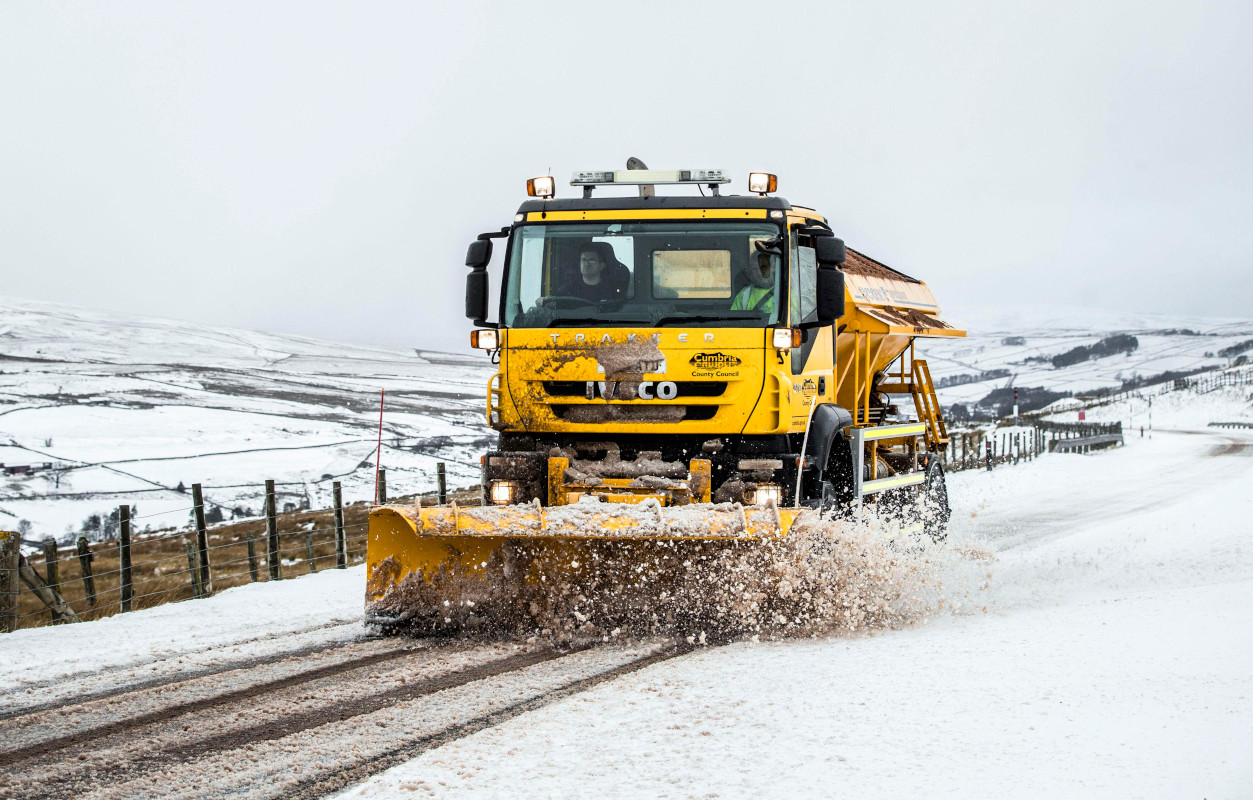How to drive safely on snow and icy roads

Snow and ice can make driving dangerous. The potential for slippy and icy road conditions increases in winter, making it important for drivers to understand how best to handle such conditions to maintain safety. If you must drive in these conditions, you need to take special precautions and follow these tips to stay safe.
Follow Police Scotland Travel advice and consider alternative modes of travel such as public transport if possible. Weather warnings and police travel warnings can be found on the traffic info map.
Do you need to drive?
Unless you have no other option, don't drive if conditions are hazardous.
What to check before you drive on icy roads
Make sure you have full visibility through your windscreen and de-ice the car inside and out. Make sure your lights are in full working order, as well as your wipers. Ensure you have plenty of petrol, more than you need for the journey.
Emergency travel kit
Make sure you have your emergency travel kit in your vehicle, and be prepared for getting stuck out in the snow.
What are stopping distances on icy roads?
In cold and icy conditions, your stopping distance will be at least ten times higher than on a dry road.
Do I need winter tyres?
If you must regularly drive in ice and snow this winter, then winter tyres may be advisable. Winter tyres are tyres that are designed to provide maximum traction on roads.
Trunk Road Gritter Tracker
Use our trunk road gritter tracker map to find out which roads have recently received salt treatment.

Winter driving tips
- Drive with care, even if the roads have been treated.
- Keep well back from the road user in front as stopping distances can be ten times greater than on dry roads.
- Take care when overtaking vehicles spreading salt or other de-icer, particularly if you are riding a motorcycle or bicycle.
- Watch out for snowploughs which may throw out snow on either side. Do not overtake them unless the lane you intend to use has been cleared.
- Be prepared for the road conditions to change over relatively short distances.
- Listen to Traffic Scotland Radio and take note of variable message signs that may provide information about weather, road and traffic conditions.
- Be extra careful when roads are icy. Avoid sudden actions as these could cause loss of control. You should drive at a slow speed in as high a gear as possible; accelerate and brake very gently.
- Drive particularly slowly on bends where loss of control is more likely. Brake progressively on the straight before you reach a bend. Having slowed down, steer smoothly round the bend, avoiding sudden actions.
- Check your grip on the road surface where there is snow or ice by choosing a safe place to brake gently. If the steering feels unresponsive this may indicate ice and your vehicle losing its grip on the road. When travelling on ice, tyres make virtually no noise.

